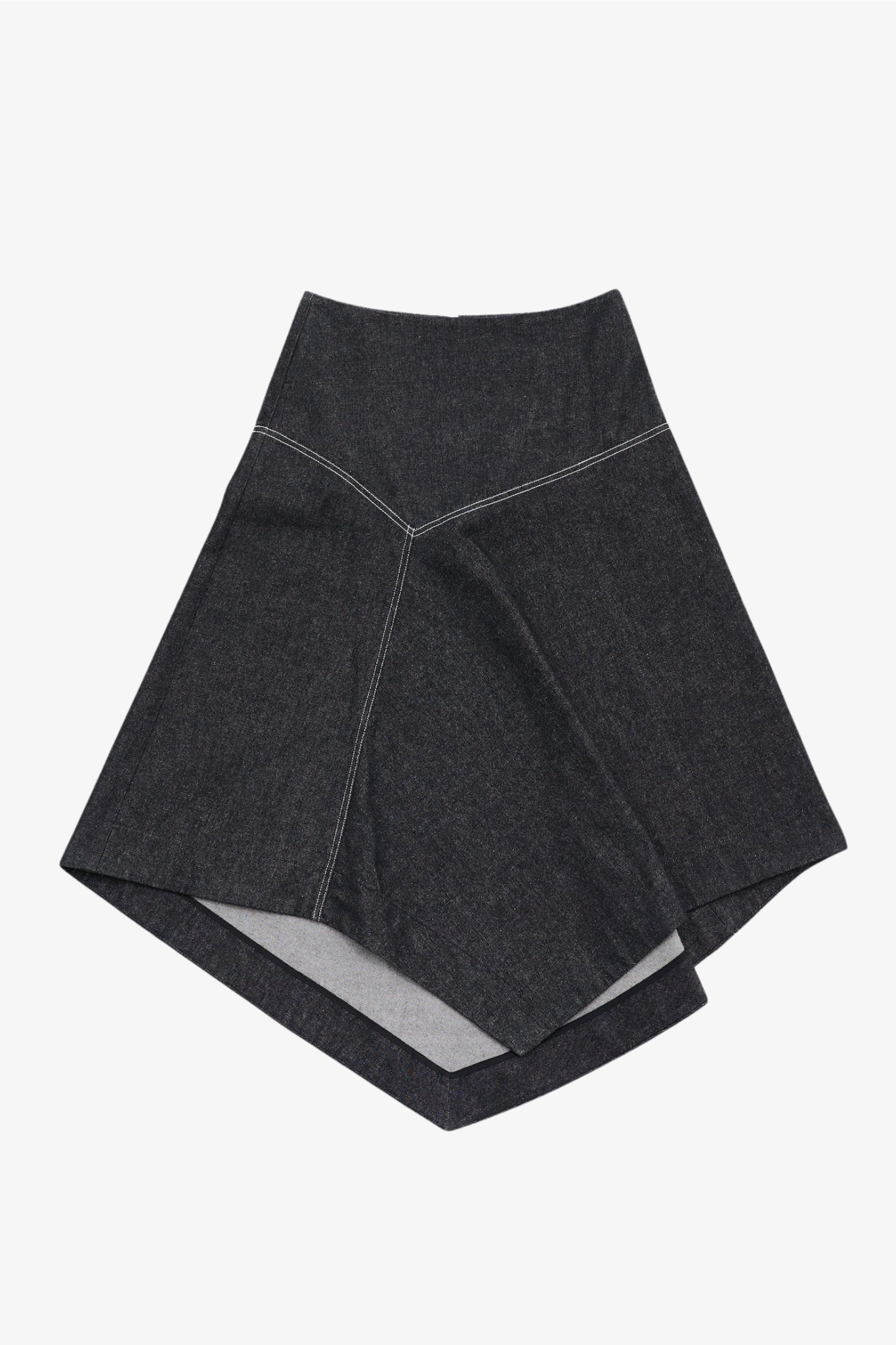THE TRUE IMPACT OF FASHION
When we think of environmental degradation, we envision power plants expelling pollution, turtles caught in plastic, and aerial shots of cleared-out rainforests. We don’t often think of our pleated pants and crop tops. The fashion industry has a devastating impact on our planet, so detrimental that it accounts for 10% of global carbon emissions and remains the second largest industrial polluter, second only to the oil industry.
Fashion is one of the most overlooked harmful large-scale global industries due to its long and varied supply chains of production, raw material, textile manufacturing, clothing construction, shipping, retail, use, and ultimate disposal of the garment. It goes without saying that this 3 trillion dollar industry has a constant and widespread impact on climate change, among other environmental and social ramifications.
A 2017 report revealed that, in 2015 alone, the fashion industry consumed 79 billion cubic meters of water, enough to fill 32 million Olympic-size swimming pools.These half trillion gallons of freshwater are almost exclusively used in dyeing textiles annually. It’s a staggering amount, but the statistics are valid: it takes 2,720 liters of water, as much as you’d drink over a three-year period, to make a single t-shirt and approximately 10,000 liters of water to create your favorite pair of jeans (Fashion Revolution, 2018). The worst part about the amount of wastewater is that it’s usually discharged and often untreated into nearby rivers, where it reaches the sea, eventually spreading its chemical poisons around the globe.
ALTHOUGH THERE HAS BEEN MUCH PROGRESS, ONE DEEPLY ENTRENCHED INDUSTRY TREND SHOWS NO SIGN OF PROGRESS, FAST FAsHION. FAST FASHION, WHICH HAS BECOME ONE OF THE LARGEST SOURCES OF PoLLUTION IN THE WORLD, FOCUSES ON SPEED AND LOW COSTS IN ORDER TO DELIVER CONSTANT NEW COLLECTIONS.
Fast fashion foments an obsessively consumptive behavior in its consumers, one that promotes an even more wasteful production process in order to achieve its blindingly fast rates of warehouse to shop floor turnaround. These garments, which are produced with little to no regard for environmental safety and toxicity, are worn only a handful of times at best.
Forbes stated, “Fast fashion garments, which we wear less than 5 times and keep for 35 days, produce over 400% more carbon emissions per item per year than garments worn 50 times and kept for a full year.” To tally all of this, the average American now produces roughly 70 pounds of wasted clothing each year, clothing that is perfectly wearable. These facts are monumental; it is our closets, and not just our cars, that are polluting our land, air, and sea.
Today, the deleterious impact and burden of fast fashion is outsourced to countries where labor laws and standards are less stringent and, in some cases, non-existent. Due to the lack of infrastructural, quality control and the consumer pressure for rapid productions, many factories lack the resources and time to effectively manage their runoff. This toxic runoff ends up in our waterways.
It is indisputable that fashion has a crippling impact on the environment, and it is only getting worse. As a result, consumer choices are only becoming increasingly impactful, carrying far more weight than just “what looks good on me?” The immediate action we can all take is to buy less and resist the unwavering and frenzied social media consumerism, in which everything is only a click away, including the things we do not need. It’s not just a matter of what we consume, but also of how much.





